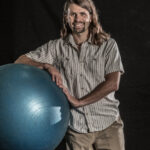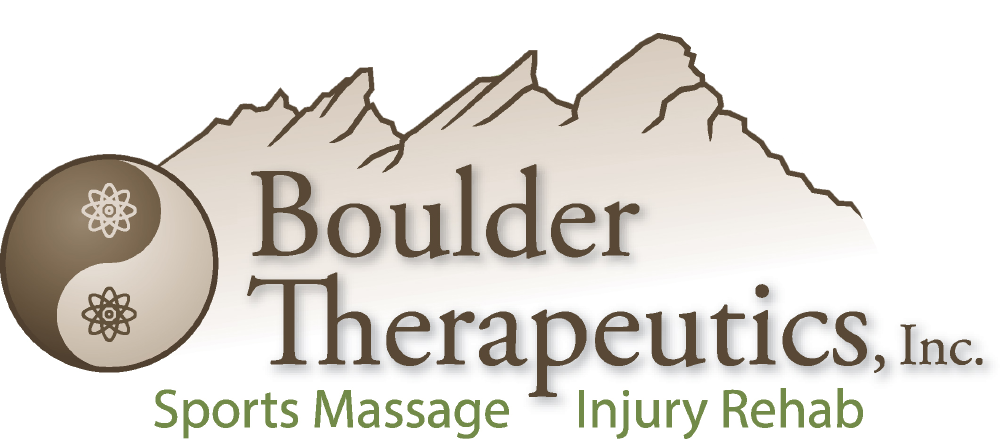 The Origins of Cupping Therapy.
The Origins of Cupping Therapy.
Cupping Therapy has been in existence for a very long time. Evidence of Cupping Therapy has been discovered in some of the oldest medical books found, which date back to Egypt around 1500 B.C. It can also be followed back to ancient China, Greece, and the Middle East. In China, Cupping dates to the Han Dynasty. Ge Hong, a renowned medical doctor, believed that Cupping, along with Acupuncture, could cure more than 1/2 of all ills.
While Cupping has origins in ancient healing traditions, its modern practice in the U.S. can be traced back to the late 20th century.
Cupping by a Different Name: Massage Cupping, Myofascial Decompression
Cupping, as a western therapy, is also known as myofascial decompression. Though the name Cupping (or Massage Cupping) has become very familiar, it is not an uncommon practice for western practitioners to rename ancient modalities. For example, Acupuncture Deep Needling has been popularized as Dry Needling and Gua Sha is now referred to as Graston or Instrument Assisted Soft Tissue Mobilization (IASTM).
Why is Cupping So Popular Now?
The popularity of Cupping has increased in recent years, especially among athletes. Michael Phelps and celebrities like Jennifer Aniston have brought attention to the practice through public appearances and social media. Today, Cupping Therapy is used to treat a wide variety of conditions, particularly those that cause muscle aches and pains. Since Cupping can leave visible marks, it can be obvious when someone has received this therapy.
 How is Cupping Explained to a Patient and How Does it Help?
How is Cupping Explained to a Patient and How Does it Help?
When practitioners work with tight tissue, they often push the tissues inward, toward the body, to get a release. This pushing inward is considered positive pressure.
Placing the Massage Cups statically (keeping them fixed in one place) or sliding/gliding them over oiled skin creates a negative pressure, or a pull away from the body. Cupping pulls outward from the body, creating a treatment which counters the same tissues that were just pushed inward or “mashed.” This negative pressure creates space which improves circulation, modulates pain, aids muscle recovery, enables fascial release, eases tension and facilitates healing.
The Benefits of Cupping.
The primary mechanisms of Cupping are that it 1) enhances blood circulation and 2) releases stuck tissue.
Our blood contains oxygen and other nutrients that are essential for our muscles and other tissues to function normally. If our body has trauma or an injury, it is blood circulation that disseminates and promotes our ability to heal. Cupping is a targeted method of circulation, helping to flush out the waste and bathe the specific region with oxygen and nutrient rich blood. And the Cups pull the tissue away from the body, creating more space as well as being an effective form of myofascial release.
Does Cupping Work?
With all forms of medicine and treatment, people respond differently. Some people experience profound and positive effects while others don’t notice or feel a difference. Almost anyone can enjoy the health advantages of Cupping, especially those with an injury, stuck tissue, circulation issues or to help “detox” the body by flushing the tissues.
How Does Cupping Feel? Does Cupping Hurt?
Generally, Cupping doesn’t hurt. It creates a suction on your body which can result in a feeling of pressure and warmth. And each Cup pressure can be modulated to your comfort level so it doesn’t have to hurt. When the Cups are moved along your tissue (they can also left in place), you may feel knots and tension releasing, leaving you feeling lighter and more relaxed.
Why Does Cupping Leave Marks? Are Those Bruises?
Cupping creates a vacuum force which can break capillaries, or small blood vessels, under your skin. That can cause round purple or red Cupping Therapy marks that often fade on their own. Although these marks look like bruises, they are superficial, so they’re not true bruises that injure muscle fibers. Cupping marks have become a “badge of honor” among athletes although it’s not uncommon for this therapy to still be very effective without breaking capillaries. Talk to your medical professional about their style, intention and Cupping technique.
Side-Effects to Cupping Therapy.
It’s rare, but some people can experience fatigue, headaches, muscle soreness, nausea or dizziness. Sometimes, at the site of the applied Cup, patients can feel itching, mild discomfort or swelling, but usually the site of the Cupping looks much worse than it feels. Your certified or licensed Cupping therapist will work with you to determine the best form of treatment for your needs.
Is Cupping Safe?
Generally Cupping is considered safe when administered by a trained professional. Be sure to discuss your medical history with your treating practitioner. Extra caution should be taken with seniors, young children, people with skin issues or on blood thinners, and pregnant women. And if you have a skin condition or bruise easily, be sure to mention that to your practitioner.
There can be other medical contraindications as well and some practitioners can be overly-aggressive with the Cupping pressure. Your therapist will talk with you to decide if Cupping Therapy is the right treatment for you. And you should always ask questions before starting treatment or speak up during your session if you have any concerns.
Who Provides Cupping?
Today, Cupping Therapy has been widely recognized by both Eastern and Western mainstream healthcare practitioners. From Acupuncturists and Massage Therapists to Chiropractors and Physical Therapists. Many of these practitioners recognize the benefits of Cupping and use these tools in treatments. It is rare to receive a 60 minute Cupping Therapy session as it is usually utilized as one of the treatment modalities during your treatment.
please read our Legal Disclaimer: Our articles are for informational and educational purposes only.
call us or Review our Bios to see which therapists provide Cupping Therapy
About the Authors:
 David Abookire, LMT is the founder of Boulder Therapeutics, Inc, and has been treating athletes and injured clients since 1999. He is passionate about educating people on massage therapy, injury rehab, Acupuncture, injury prevention, sports performance and stretching. He and his team advise clients on the frequency of their care and when they may need to collaborate with other healthcare professionals.
David Abookire, LMT is the founder of Boulder Therapeutics, Inc, and has been treating athletes and injured clients since 1999. He is passionate about educating people on massage therapy, injury rehab, Acupuncture, injury prevention, sports performance and stretching. He and his team advise clients on the frequency of their care and when they may need to collaborate with other healthcare professionals.

Dr Christopher “Chappy” Chapleau, is a Sports Acupuncturist, Integrative Manual Therapist, and Exercise Physiologist. Dr. Chappy has a doctorate in Acupuncture Medicine and works with Boulder Therapeutics in Boulder and Superior, Colorado.

